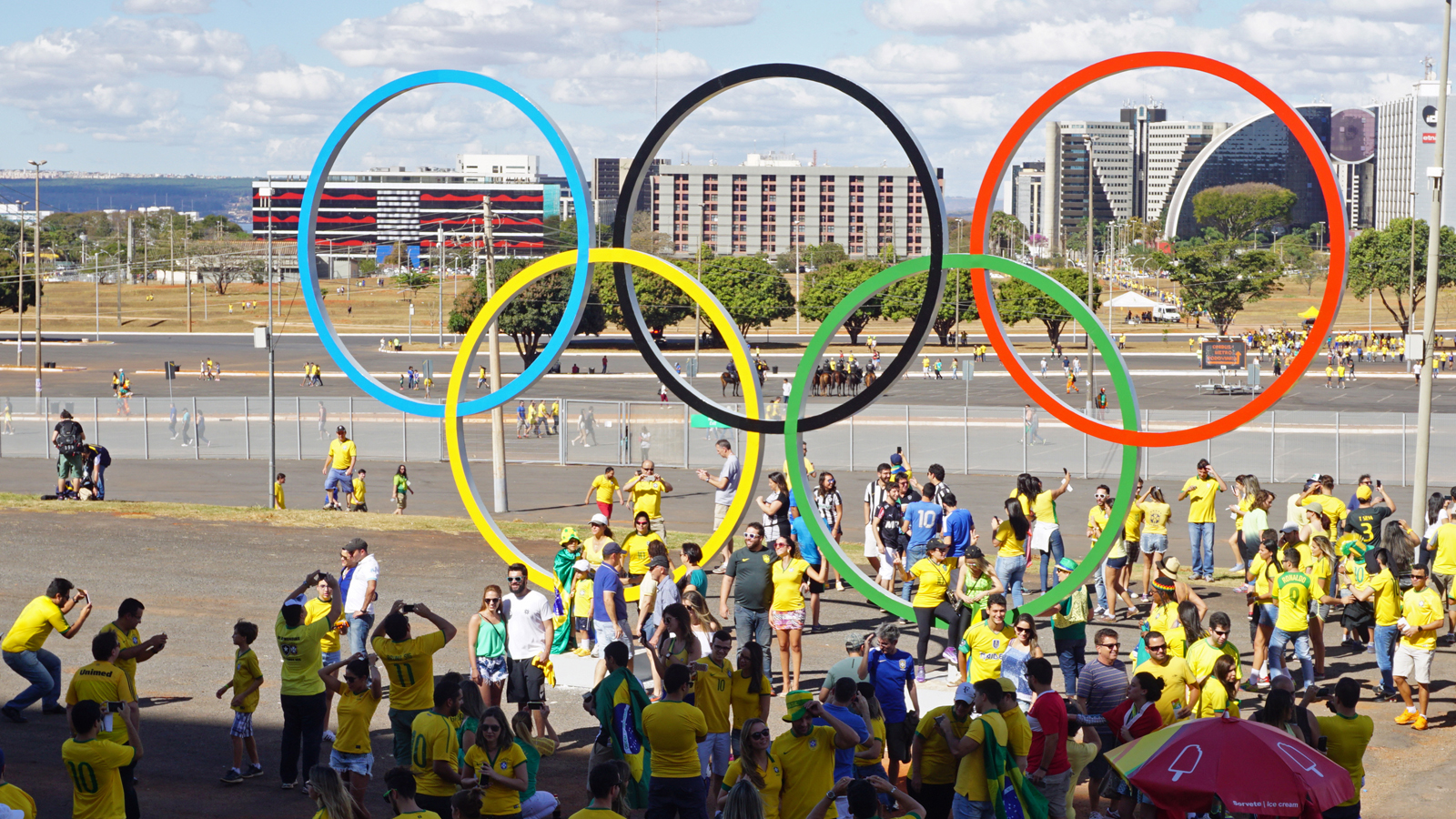From Competition to Exhibition: Arts in the Olympic Games

Editor’s note: This is a guest post by Chris Ingraham, an NC State assistant professor of communication.
Whenever the Olympics come around, if you pay attention, you can count on hearing a good deal of Olympic trivia. Did you know, for instance, that in the ancient Olympics athletes competed naked, lathered in olive oil? Or that the Greek philosopher Plato twice won the Olympic Pankration competition, an event most closely equivalent to today’s MMA fighting? These and other oddities I’ve picked up during the Rio Games have been good for a laugh or impressing friends. But my favorite bit of Olympic trivia I first learned leading up to the London Games in 2012: the little known curiosity that the Olympics weren’t always just about sport; for decades after their modern revival, they also offered competitive medals for art.
Intrigued by what this might have looked like, how it came to be, and why it’s no longer the case, I did what any curious and slightly geeky person might do: I did the research. The result is an article I’ve recently published in the International Journal of Cultural Policy. As I discuss in the article, the first Olympic arts events included competitions in Architecture, Musical Composition, Sculpture, Painting and Literature, with several subcategories added later. And from 1912 to 1948, these arts competitions were a hit, with 147 medals awarded by panels of judges to the best among thousands of competitors across 28 countries. By the 1952 Games in Helsinki, however, the arts competitions had disappeared, replaced instead by arts exhibitions that largely showcased the work of host-country artists as merely a colorful sideshow to the main attraction of the sporting events.
Although this may seem like a minor detail in a global event that most of us now take for granted as being associated almost exclusively with sport, my research shows that this transition from arts competitions to exhibitions signals a major shift not just in the Olympics, but in how cultural policy envisions and regulates the relationship between sport and art more generally.
To determine how the shift from competition to exhibition came about, I had to delve into letters, essays, notes and transcripts of speeches by Pierre de Coubertin, the founder of the modern Olympic revival. What these materials revealed is that, for Coubertin, the arts competitions were never just a sideshow to the sporting events. Rather, he envisioned the arts competitions as the indispensable element that made the Olympiad unique and important. In Coubertin’s vision, the Games were intended to showcase the human spirit’s great unity of “muscle and mind” — and, for him, the way to celebrate that unity was by coming together in an agonistic struggle, not just for the purpose of winning medals, but for the joy of the competition. To shift away from competitive arts events to arts exhibitions, therefore, not only put art and sport on two separate fields, so to speak. It broke up the unity of muscle and mind that the modern Olympic revival hoped to celebrate in the first place, setting the course for the Olympics henceforth to be predominately a sporting event, instead of something more harmonious and complex.
As a communication scholar, I was interested in learning how this shift in policy actually came about in meetings and conversations and speeches. As I expected, the rhetorical power of Coubertin was quite extraordinary, and time and again his will and way with words managed to sway an Olympic Committee not otherwise on board with his vision. Likewise, when the competitions were replaced by exhibitions in 1952, it was largely because Avery Brundage, newly minted president of the International Olympic Committee, argued persuasively that amateurism would be jeopardized as an Olympic value should the arts competitions go on (it was tough to include architecture, for instance, as an arts event without having professional architects doing the work). In the end, Coubertin’s hope to celebrate the unity of muscle and mind through competition became a less persuasive prospect than the perceived exigency, promoted by Brundage, of retaining amateurism as the fundamental precept of the Olympic mission.
Nowadays, our biggest exposure to “culture” in media coverage of the Olympics comes from the opening ceremony. We see dances. We see fireworks. There’s music, costumes, choreography. There are stories told in performance and great beautiful spectacles with all their regalia. But ever since the Olympics abandoned the arts competitions, exhibitions have been quietly happening on the side in the form of a “Cultural Olympiad.” Leading up to the 2016 Rio Games, the Cultural Olympiad was stifled by political unrest and economic instability that found Brazil’s president, Dilma Rousseff, impeached and set to go under trial while the Games were happening up the road. In an act of austerity, the new government promptly abolished the Ministry of Culture, making it harder for the Cultural Olympiad’s programming to gain momentum and publicity, though the Ministry of Culture has since been reinstated and the cultural events have bravely carried on.
Though I don’t discuss the Rio Games in my research, their example illustrates one of the conclusions I reached about cultural policy generally. Although we find that in the trenches of cultural policy-making, rhetorically persuasive leaders like Coubertin or Brundage can influence decisions through their compelling way with words and people, all too often uncontrollable social and political factors also influence how policies are made and carried out. These factors are no less rhetorical for not taking the form of a speech, but their influence is a lot harder to identify and understand.
While watching the Rio Games, I’ve been wondering what it would look like if the arts competitions came back. After all, amateurism is gone and the differentiation between sport and art that was felt through much of the 20th century no longer feels quite so severe. Still, I’m reminded of an old Monty Python skit. Thousands of fans fill a huge stadium to watch Thomas Hardy, the canonized British author, take the field and write his latest novel. The event is as anti-climactic as it gets, narrated by color commentators without much to say. “And Hardy takes up his pen, hunches over the desk…he’s thinking…and yes, off he goes, he begins to write…”


